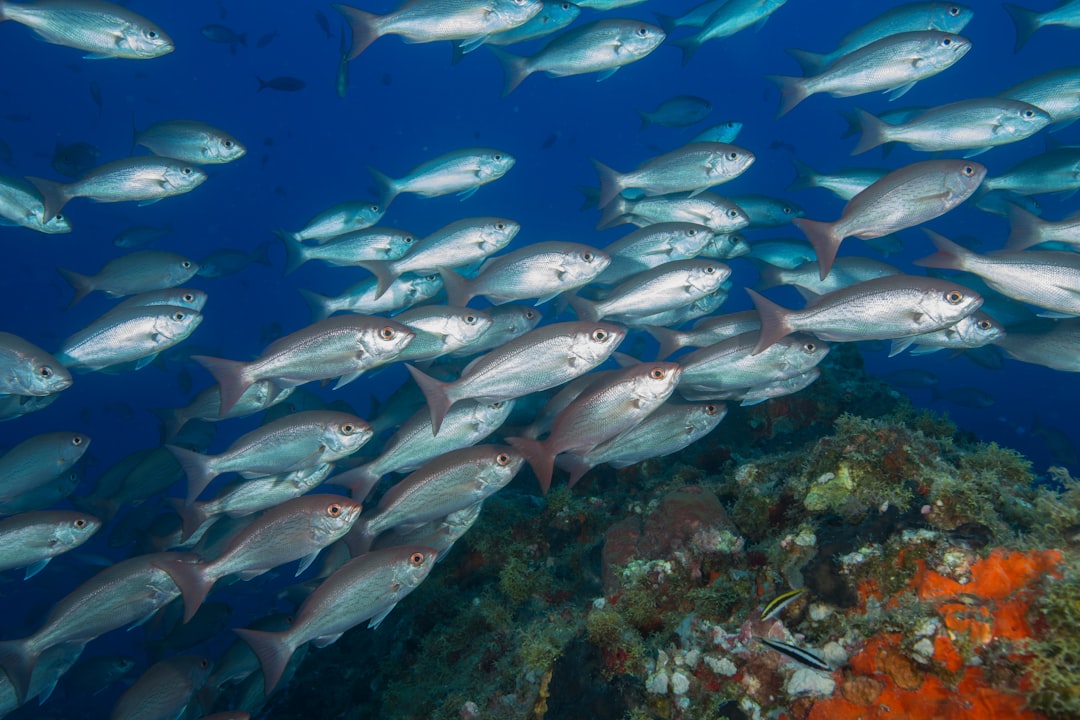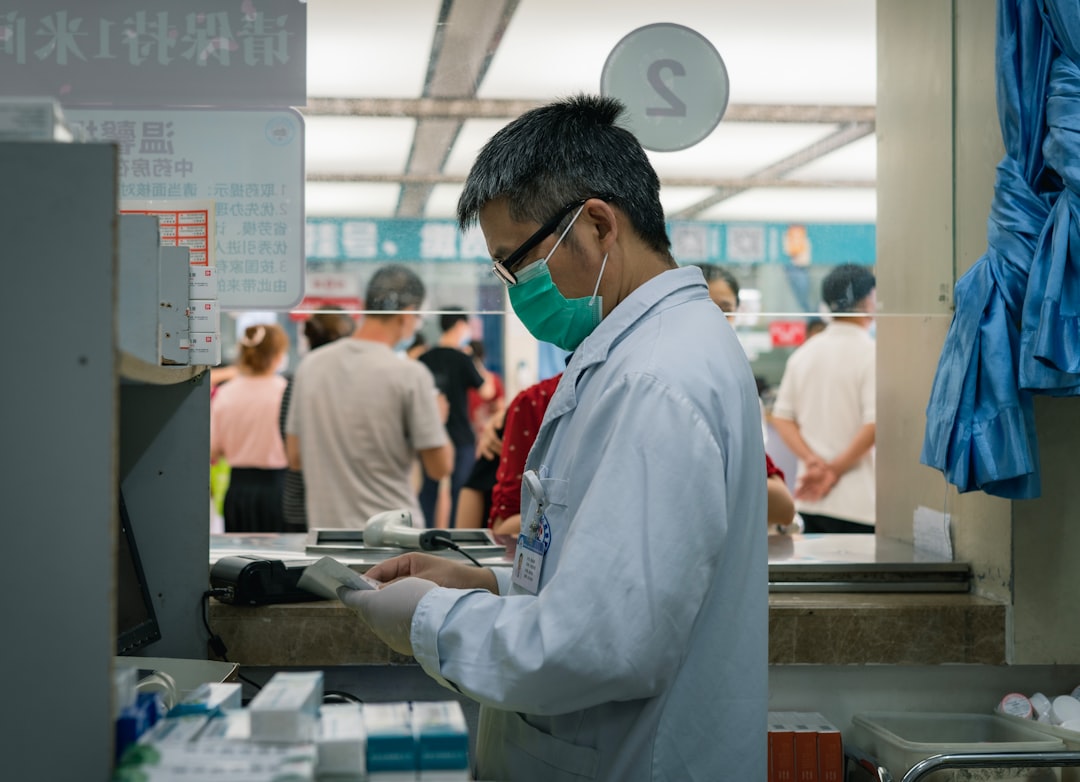What is it about?
All kingdoms of life use QUIN as a universal precursor for de novo biosynthesis of NAD, and in mammals specifically, QUIN is formed by the non-enzymatic decay of the product of an enzyme-catalyzed reaction. The enzyme is an extradiol dioxygenase termed 3-Hydroxyanthranilate-3,4-dioxygenase (HAO). Major hindrances to further understand the catalytic and regulatory mechanism of HAO are its fast turnover (25 s-1), lack of intermediates, and undefined product conformation. The exact conformation of ACMS has not been characterized due to its short lifetime and a large number of possible conformers. To overcome these challenges, the highlighted work combined single-crystal spectroscopies and X-ray crystallography to probe changes in the active site and the overall conformation of HAO during in crystallo catalysis. The enzyme was first crystallized and then incubated with its aromatic substrate under anaerobic conditions. Subsequently, crystals of the enzyme-substrate complex were exposed to oxygen for different times to interrogate any possible intermediates. The accumulation of catalytic intermediate in the crystalline state was proven by single-crystal UV-vis spectroscopy. Investigations of in crystallo HAO reaction using single-crystal electron paramagnetic resonance spectroscopy also support significantly slower turnover and detects the presence of a radical intermediate during catalysis. X-ray diffraction was employed to determine the atomic structure of each intermediate as well as associated protein loop movements. These studies led to the structural determination of substrate monodentate and bidentate bound structures, structures of intermediates after oxygen activation were also characterized, including superoxo, alkylperoxo, seven-membered lactone, and two enol tautomers of the unstable dioxygenase product. The finding of two enol tautomers unveils an unexpected isomerase activity upon product formation, which helps to understand how a metabolic enzyme competes with a non-enzymatic reaction to control the product outcome for distinct biological needs.
Featured Image

Photo by Denise Jans on Unsplash
Why is it important?
A total of seven high-resolution intermediates allows for a step-by-step visualization of the catalytic cycle and protein dynamics during catalysis and the detailed catalytic pathway movie. Overall, these results reveal a precise and complicated dioxygenase mechanism along with a hidden isomerization activity that fine-tunes product profiling and affects the production of QUIN at a junction of the tryptophan kynurenine metabolic pathway.
Perspectives
This was a decade of our group effort. We have screened thousands of crystals and collected several hundreds of structures. We went the distance to achieve success. In the end, it was a pleasant experience making the beautiful metalloenzyme-in-action movie based on the crystal structures and spectroscopic evidence.
Aimin Liu
University of Texas at San Antonio
Read the Original
This page is a summary of: Observing 3-hydroxyanthranilate-3,4-dioxygenase in action through a crystalline lens, Proceedings of the National Academy of Sciences, July 2020, Proceedings of the National Academy of Sciences,
DOI: 10.1073/pnas.2005327117.
You can read the full text:
Resources
Contributors
The following have contributed to this page










